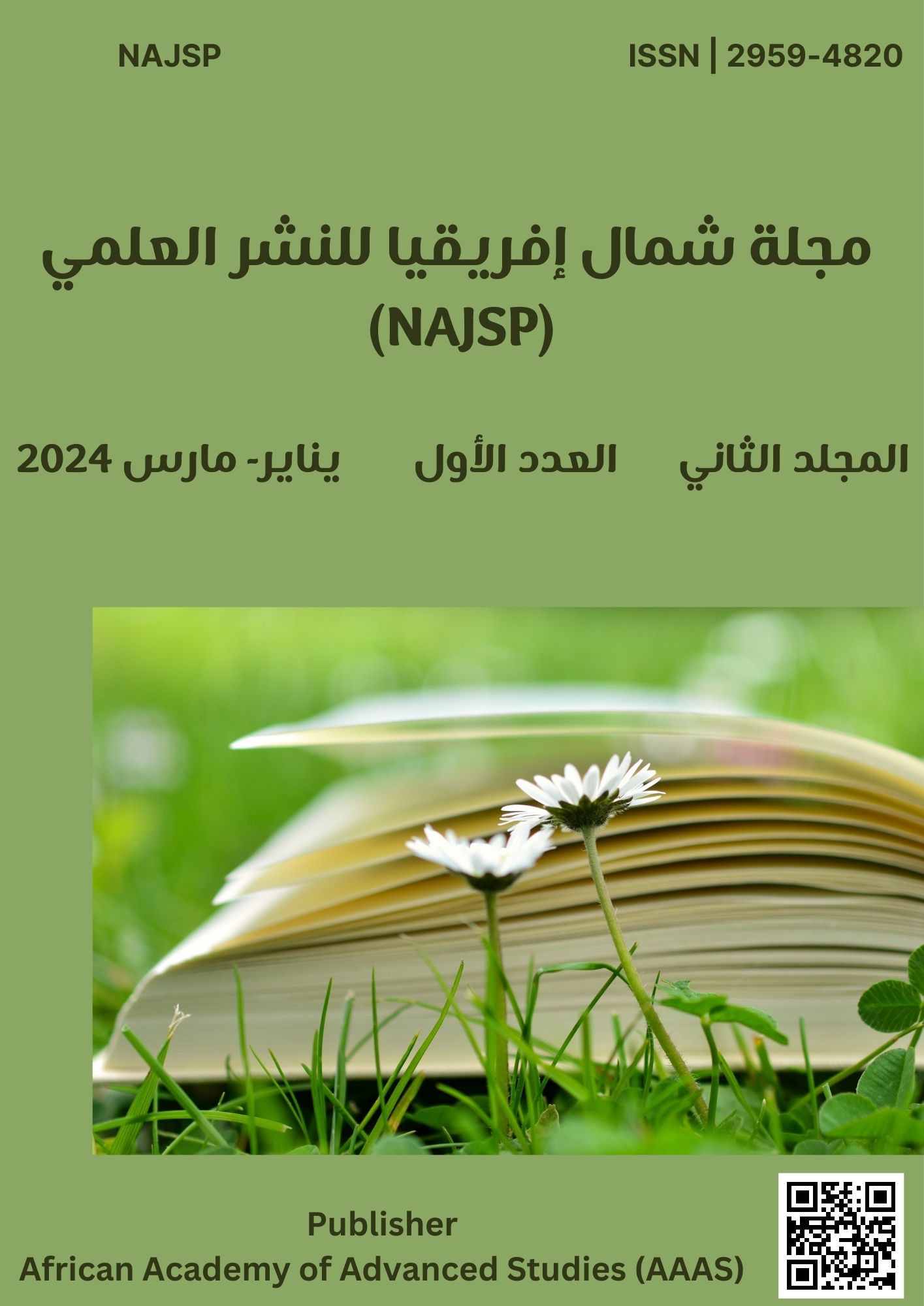A Comprehensive Review on the Physical Impacts of Renewable Energy on Nanotechnology Appliances
DOI:
https://doi.org/10.65414/najsp.v2i1.233Keywords:
Physical Impacts, Renewable energy, Nanotechnology, optimizing system, performanceAbstract
The physical impacts of renewable energy on nanotechnology appliances are explored in this article. Nanotechnology is revolutionizing renewable energy systems by improving energy conversion, enhancing energy storage, and optimizing system efficiency. Nanostructured materials, such as quantum dots and nanowires, enable efficient light absorption and charge separation in solar cells, while nanomaterials in batteries and supercapacitors offer high capacity and fast-charging capabilities. Nanotechnology also enhances the performance of renewable energy devices through nanostructured coatings that reduce drag in wind turbines and improve light absorption in solar panels. Furthermore, Nanosensors enable real-time monitoring and optimization of renewable energy systems. Addressing environmental concerns, researchers investigate the effects of nanomaterials on the environment and human health. The integration of nanotechnology in renewable energy appliances paves the way for a sustainable and efficient energy future.
Downloads
Published
How to Cite
Issue
Section
License
Copyright (c) 2024 Salha Esaa Anwear Elliwan

This work is licensed under a Creative Commons Attribution 4.0 International License.







